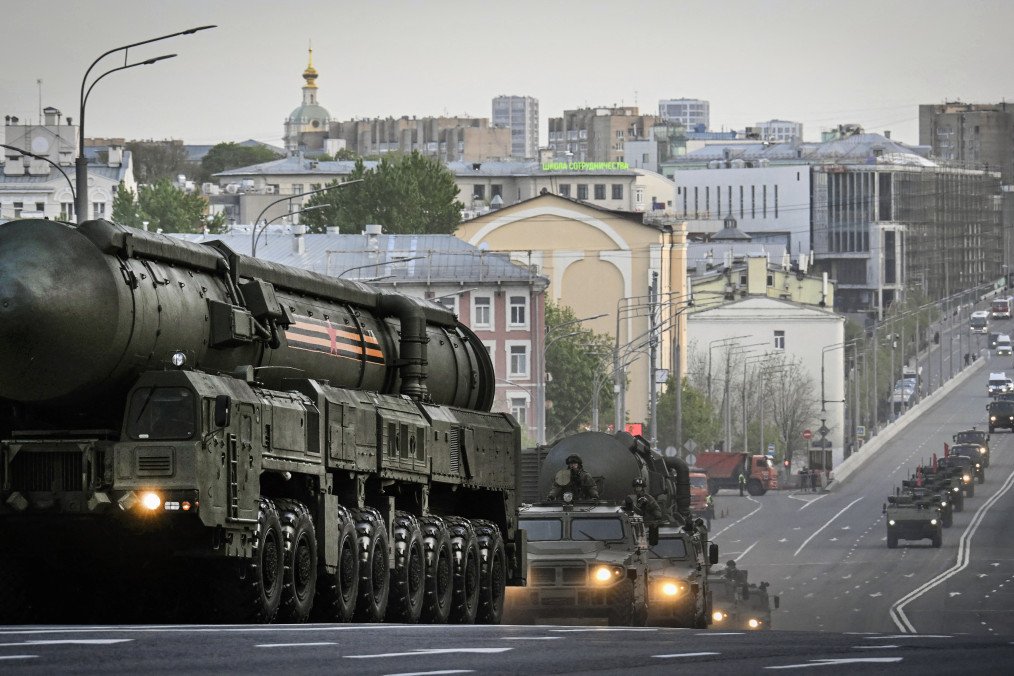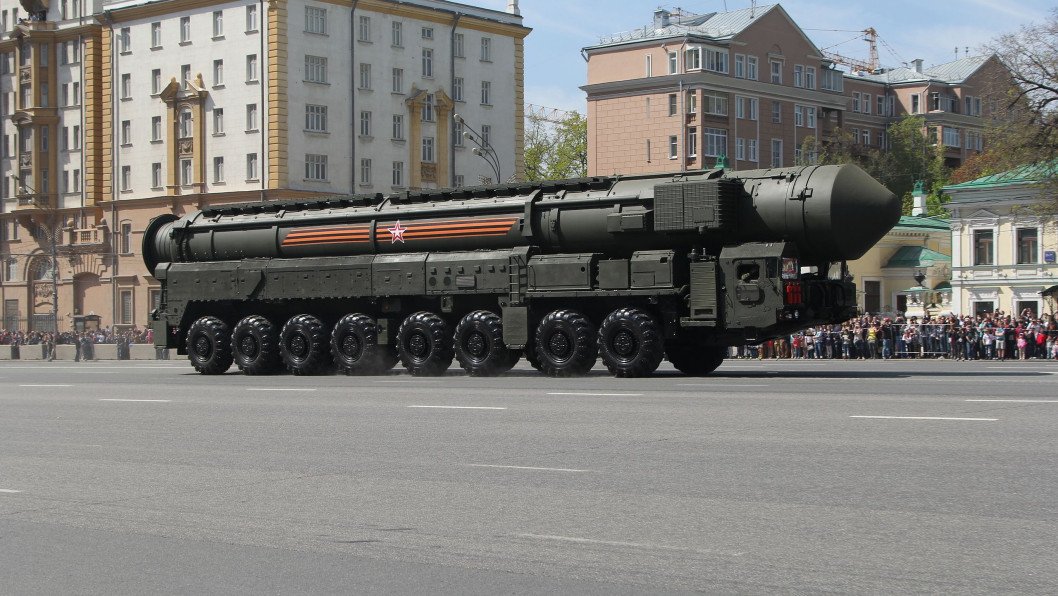- Category
- Latest news
Russia Starts Mass Production of Oreshnik ICBM With 5,000 km Range, Putin Says

Russian leader Vladimir Putin announced the start of serial production of the Oreshnik intermediate-range ballistic missile (IRBM) during a televised speech to Russian military academy graduates on June 23.
According to Army Recognition, the Oreshnik is based on the RS-26 Rubezh—a solid-fueled, road-mobile missile capable of speeds over Mach 10 and ranges up to 5,000 kilometers.
It is believed to carry MIRVs and be launchable from mobile platforms, making it harder to detect and intercept. Analysts note the possibility of forward deployment in Belarus later this year.
The missile’s first known use occurred on November 21, 2024, when it struck Ukraine’s Yuzhmash facility in Dnipro with a non-nuclear warhead. Russia framed the launch as a response to Ukraine’s use of Western-supplied long-range missiles. Damage was limited, and recovered debris bore serial numbers linked to the Bulava ICBM program.

Moscow has linked Oreshnik’s development to the collapse of arms control agreements, including the INF and New START treaties. Russia ended its moratorium on such systems in late 2024, citing lack of reciprocity from the US.
Putin framed the missile’s deployment as part of a broader military upgrade, including new Yars systems, Tu-160M bombers, and precision-guided naval weapons. Russian analysts expect Oreshnik units to be widely deployed, potentially including the Asia-Pacific region.
Western officials have condemned the missile’s use, warning it risks further destabilizing Europe. NATO stated the move would not affect allied support for Ukraine. Analysts also noted the danger of misinterpretation in future launches—where a conventionally armed missile like Oreshnik could be mistaken for a nuclear strike due to its range, speed, and trajectory, potentially triggering an unintended escalation.
Earlier, reports indicated that even if Ukraine ordered the US-made THAAD missile defense system today, delivery could take at least six years—matching the current US Army timeline and backlog. With only eight batteries in production and limited annual interceptor output, Ukraine would face a long wait for deployment.




-ce9a134791207c81306f56ab3d75ffb6.jpg)
-72b63a4e0c8c475ad81fe3eed3f63729.jpeg)
-45ed3be17a7bb74903649ed9258196f8.jpg)
